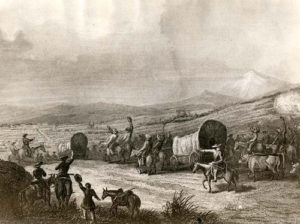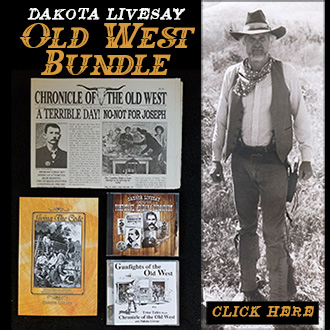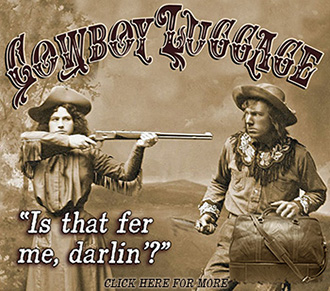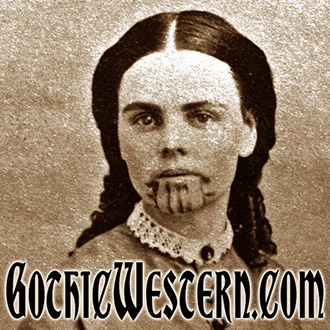History Of The Santa Fe Trail – Pt 2
 Who is it that has neither seen nor read of Pike’s Peak? If he has not, he has neither traveled nor read the newspapers, and is therefore ignorant of the fact that, that prominent bump (14,147 feet high) upon the earth’s face derived its name from that of Maj Zebulon M. Pike, an explorer, by authority the United States. He was in Santa Fe in 1807. His condition on the route (the future Santa Fe Trail), via the Conejos, across to the Chama, and down that stream past Ojo Caliente and San Juan to Santa Fe, may be inferred from inquiries concerning him and his party; whether those men ragged apparel consisting of overalls, breech cloth leather coats, and without covering for the head, were a tribe living in houses. Pike was promoted to brigadier-general and lost his life in 1813, at the taking of Toronto.
Who is it that has neither seen nor read of Pike’s Peak? If he has not, he has neither traveled nor read the newspapers, and is therefore ignorant of the fact that, that prominent bump (14,147 feet high) upon the earth’s face derived its name from that of Maj Zebulon M. Pike, an explorer, by authority the United States. He was in Santa Fe in 1807. His condition on the route (the future Santa Fe Trail), via the Conejos, across to the Chama, and down that stream past Ojo Caliente and San Juan to Santa Fe, may be inferred from inquiries concerning him and his party; whether those men ragged apparel consisting of overalls, breech cloth leather coats, and without covering for the head, were a tribe living in houses. Pike was promoted to brigadier-general and lost his life in 1813, at the taking of Toronto.
It was a misnomer to call the Santa Fe road a trail. On either side, for miles, a vast expanse of level greensward relieved the solitude that surrounded you – unless, indeed, there was visible a band of Indians, a herd of buffaloes, a prairie dog village, a bunch of antelope, a gray wolf, badger, or long-faced coyotes, with furtive glance, on a swinging trot, putting a deal of real estate between them and supposed danger. A trip over the plains abounded in interest. The rarity of the atmosphere lent enchantment to the scene; the mirage so frequently seen was not the least interesting sight. For hundreds of miles nature denied the wayfarer fuel, but the buffalo in the plentitude of its nature, supplied the omission and no one for the want of fuel was compelled to go supperless to bed.
Thirty-three years ago the incidents of the journey were being related by “a tenderfoot,” who had just arrived in Santa Fe “over land,” from the states. Kit Carson and others were present, and among other astonishing things the newcomer related was, that he had been obliged to cook by a buffalo-chip fire. When doubts were expressed as to the truth of his assertion, “Kit” came to his relief by stating that he had been so frequently reduced to the same necessity that he finally acquired such a taste for the chip that he was induced to throw away the mean and eat the chip.
The writer, the senior of the Belt, inasmuch as he has had some experience, can well credit the statement of the stranger and Carson. The trail is now obliterated, the buffaloes are gone, chips are a thing of the past, railroad cars have superseded the prairie schooner and the carrion crow, on the trail, no longer revels upon the decaying flesh of an overworked ox or mule that fell from exhaustion upon the unfenced expanse west of the Missouri River and east of Santa Fe.




